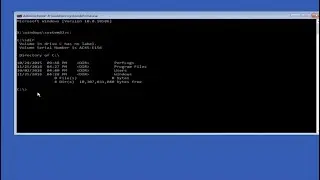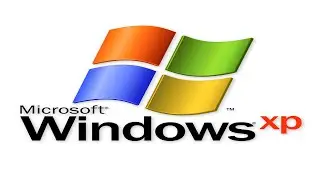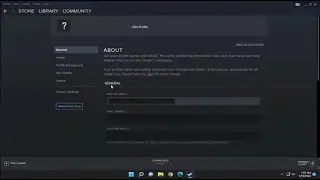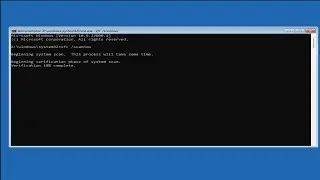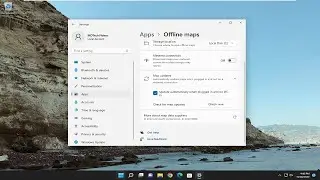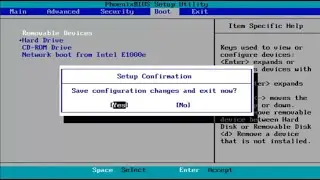File Sharing Over A Network in Windows 10
File Sharing Over A Network in Windows 10.
Issues addressed in this tutorial:
file sharing windows 10 not working
file sharing in windows 10 between two computers
disable file sharing windows 10
file sharing on windows 10
enable file sharing windows 10
ethernet file sharing windows 10
file sharing windows 10 firewall
file sharing app for windows 10
file folder sharing windows 10
file sharing app for windows 10 pc
windows 10 file sharing without homegroup
file sharing windows 10 home network
windows 10 home network file sharing
On Windows 10, you can share files on your computer with other users over the network, and despite this might seem complicated, it’s actually a simple task when using the tools the operating system provides.
Depending on your network environment and what you’re trying to accomplish there are at least four ways to set up file sharing on Windows 10. You can use Public folder, which is a special setup that allows to share files over the local network without configuring permissions.
Or you can share content using the File Sharing feature on Windows 10. And if you’re looking to share files with other people across the internet, you can use file sharing with OneDrive.
In previous versions, you’re also able to use Homegroup, which unlike Public folder, this option automatically shares your Windows 10 libraries folders (Pictures, Videos, Music, Documents), Printers, and other devices connected to your device, but it’s no longer a feature on Windows 10.
Although HomeGroup is no longer a feature available on Windows 10, you can still share files and printers like before. You just need to follow these steps.
File sharing over a network in Windows 10 allows you to share files and folders on your computer with other users over a private or public network in your workgroup or domain.
You can set the permissions of a shared file or folder to allow groups or users to have a read only, change (modify), or full control access rights.
This tutorial will apply for computers, laptops, desktops,and tablets running the Windows 10 operating system (Home, Professional, Enterprise, Education) from all supported hardware manufactures, like Dell, HP, Acer, Asus, Toshiba, Lenovo, and Samsung.








![How to Print Comments on Google Docs [Tutorial]](https://images.mixrolikus.cc/video/3EqKporezEY)
![Microsoft .NET Framework Unhandled exception has occurred in your application Error - Fix [Guide]](https://images.mixrolikus.cc/video/zTwyzFXaad8)
![Connection Between Your Access Point, Router, or Cable Modem and the Internet Is Broken [Solution]](https://images.mixrolikus.cc/video/sL7_9mzrcgQ)
![Fix You Are Not Connected to Any Networks Windows [Guide]](https://images.mixrolikus.cc/video/CNPLID8gBwI)
![How to Remove Background Color on Google Docs [Guide]](https://images.mixrolikus.cc/video/Ge4B2gPVi9U)
![How to Increase The Font Size in Google Docs [Guide]](https://images.mixrolikus.cc/video/VGSkPgYaWdI)
![Fix 0x8024002d Windows Update Error [Tutorial]](https://images.mixrolikus.cc/video/WhB7ypiADRk)
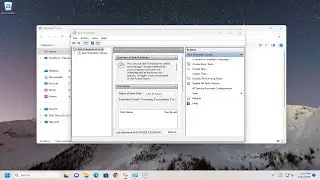
![How To Align Text Left And Right On Same Line In Word [Tutorial]](https://images.mixrolikus.cc/video/biTsH625uGw)
![How to Enable gpedit.msc Group Policy Editor in Windows 11 [Guide]](https://images.mixrolikus.cc/video/UnScCDsLyDg)

![Generic USB Hub Missing or Not Showing In Windows [FIXED]](https://images.mixrolikus.cc/video/ozOvd_8F4DY)




